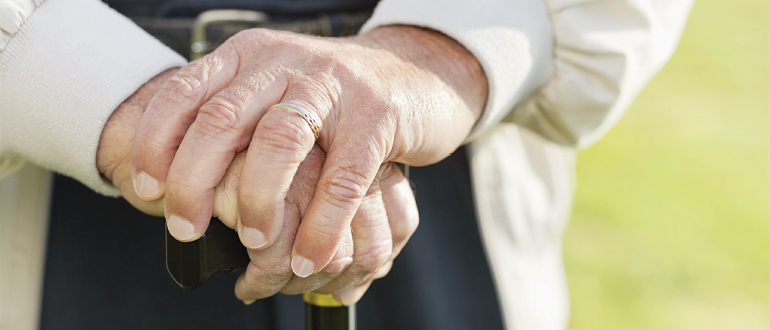The trend is for people to live longer and longer - so now the most common age at death in EU countries is mid-70’s for males and around 80 for females.
Are we doing well?
The medical treatment of the elderly and oldest old has intensified dramatically in few decades. While the removal of age limits for medical treatment is generally saluted, there are also concerns about potential overtreatment in the last years of life, especially among the oldest and frailest individuals, which could lead to increased time with disability and suffering.
The continued increase in age at death and intensified treatment of people in their last years of life also tap into the question about a potential, biologically fixed limit to human health and lifespan. We best understand the aging of the extremely old by comparing the oldest cohorts today with those of the past. Fortunately, there is extensive interview and register information on the lifespans and well-being of Danes born between 1895 and 1915.
The data will be used to identify factors with a positive association with health, functioning, social network, and well-being in the last years of life. This knowledge can be used in the effort to ensure more good years of life to more people.
Questions
The overarching goal of this work package is to address the following questions:
- How have health, treatment, and well-being in the last years of life in Denmark changed over time and cohorts? Has the progress in lifespan been accompanied by better last years of life?
- Is there a stagnation of improvements in the functioning and survival of centenarians indicating that we are approaching limits to human health and survival?
- To what degree do gender, age and death, socioeconomic status, social network, genetic factors and other familial factors explain the variation in health, treatment, and well-being in the last years of life?
Answers to these questions will provide insights into the mechanisms and determinants of health and well-being late in life and inform policy discussions to improve the last years of life for more people and help societies use their health and social care resources most efficiently.
Method and material
Based on existing interview and register data on the Danish birth cohorts 1895, 1905, 1910, and 1915 (Rasmussen et al., 2013), and the Danish Twin Registry, which comprises twins born since 1870 (Skytthe et al., 2013), we will elucidate the development in health, functioning, social network, and well- being among 70+-year-olds during the last years of their lives in the period 1995-2015, classified according to sex, educational level and socioeconomic conditions.
